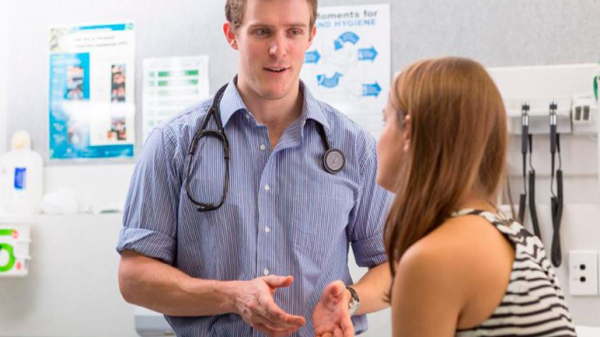
An introduction to the most common types of surgery for psoriatic arthritis (PsA). This includes tips on when to talk to your doctor about surgery and how to get prepared.
Why do people with psoriatic arthritis have joint surgery?
Surgery for arthritis is done to:
- ease severe pain when other treatments have not helped
- improve movement and use of a joint, for example make your hip more flexible so you can walk and sit comfortably
- improve alignment (position) of joints, for example straighten finger joints for you to grip and hold objects.
Surgery can help make daily activities easier and improve your quality of life.
When should I talk to my doctor about joint surgery?
If you have any of the following signs you should talk to your doctor about the possibility of surgery.
- You have pain that stops you sleeping.
- Your pain does not improve with rest, medicines, exercise or other treatments.
- It has become hard for you to look after yourself (such as showering, getting dressed, getting out of a chair).
- Your ability to work or look after others is reduced.
- Your pain stops you from doing things you enjoy.
Who decides if I need surgery?
Your doctor will refer you to an orthopaedic surgeon (a doctor who specialises in and operates on bones). The surgeon will assess whether you may benefit from surgery. If surgery is recommended it is still your decision whether to have it or not.
Before you decide, make sure you understand:
- what are the possible benefits?
- what are the specific risks with this type of surgery?
- whether there are other options?
- what will happen if you don’t have this surgery?
- the likely cost and whether it is covered by your health insurance.
Remember, not having surgery is always one of your options. Your doctor or surgeon should be happy to arrange a second opinion if you want one.
What are the common types of surgery for psoriatic arthritis?
- Arthrodesis: involves the two bones that form the joint being fused (joined) together. As the fused joint cannot be moved it is no longer painful. This type of surgery is commonly done on ankles, wrists, fingers, or thumbs.
- Resection is the removal of part or all a bone or an entire joint. This is often done for damaged joints in the foot and big toe.
- Synovectomy is an operation to remove the synovium (the lining of the joints). This may reduce pain, swelling and joint damage. However, the synovium may regrow after several years, and the symptoms can return.
- Joint replacement is also called arthroplasty. This involves replacing a damaged joint with an artificial joint. The entire joint can be replaced (total arthroplasty) or just one part of the joint (hemiarthroplasty). Joint replacements can be done on knees, hips, shoulders, elbows, fingers, ankles, toes and even the spine. See our Joint Replacement booklet for more information.
Is surgery risky?
All surgery has risks. There are general risks with having any type of operation, as well as specific risks related to the type of surgery. Make sure you understand the possible risks, their likelihood, and their consequences before you decide to have surgery. You should discuss this carefully with your surgeon.
Getting ready for surgery
- Plan for recovery and returning home. During your recovery, which may take days, weeks or even months, you may need help with daily tasks such as cooking and showering. Make sure you have family and/or friends available to help you during this time. If you do not have help available, talk to your doctor about local support services or staying at a rehabilitation centre after surgery.
- You may need to attend an assessment at the hospital before your surgery. This is a good chance for you to ask questions about your surgery and recovery. Also, you may be able to talk to a physiotherapist or occupational therapist about any equipment you may need, such as crutches and handrails in the shower.
- Tell your doctor about all the medicines you have taken and are currently taking. This includes ‘natural’ and over-the-counter medicines. Some medicines, including those used for joint pain and inflammation, can cause bleeding. Your surgeon may recommend you stop taking some medicines before your operation.
- Lose weight if you are overweight.
- Stop smoking. Speak to your doctor or call the Quitline on 13 7848 for free information and support to stop smoking.
- Start an exercise program. Staying active and doing regular exercise can help you recover after surgery. If you have severe pain, you may find water exercise more comfortable. See a physiotherapist for hydrotherapy or contact your local arthritis office for details of warm water exercise classes.
Life after surgery
Your healthcare team can help you make a plan for recovery and returning home. They will advise you on the best way to recover and develop a discharge plan for when you leave hospital. Your discharge plan will include tips on activities such as driving, and any aids or equipment to help you around the house.
You may be prescribed medication. It is important to understand what medication to take, how you take it and how often. Speak with your doctor if you have questions or if you experience side effects. Your doctor may lower your dose or prescribe another medicine that suits you better.
You will probably need to follow a physiotherapy or exercise program after surgery. Be ready for several weeks or even months of exercise. The amount of effort you put in can make a big difference in how well you recover.
For more information see what to expect after surgery and our Joint Replacement booklet.










